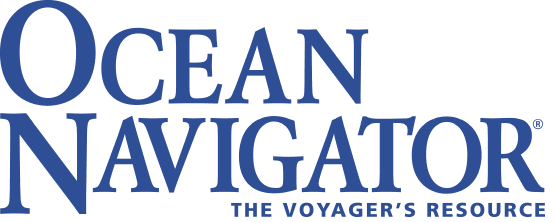In 2008, Darren Rowlands was in Greece and met a fellow sailor who had a boat in Dubai. He was tired of hauling it to clean growth off the bottom and he was searching for an alternative to copper-based, environmentally unfriendly bottom paint. Rowlands and the yachtsman came up with a plan to use ultrasound waves to kill algae. “We knew it worked really well when the marina and mooring power was shut off during the heat of the summer and within four days, his boat had a meter’s worth of beard growing,” said Rowlands, who is the chief executive…

Most long-range sail boats and motor yachts have a GPS or chartplotter for navigation, but for serious ocean-crossing voyages, vessel owners should consider adding a satellite compass for improved accuracy and fuel efficiency. “In boating, fuel and time are the two most important aspects,” said Satish Narayan, vice president of sales and marketing at ComNav in Richmond, B.C. “When you have a good accurate heading, the autopilot gets a nice straight course, saving time and fuel.” Garmin, Furuno, Simrad, B&G and ComNav all offer satellite compasses that can be installed on new boats or added in an aftermarket installation. Most…
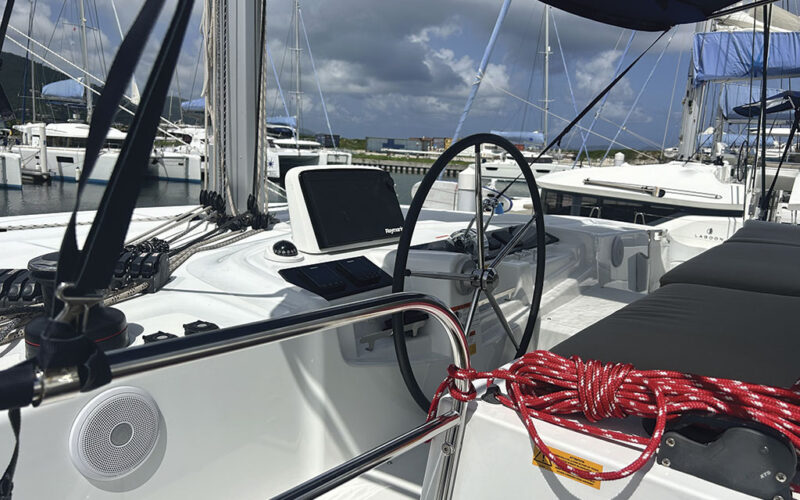
On a recent delivery from the Virgin Islands to Florida, I was once again enlightened on how important AIS and radar are for ship and storm avoidance. Yes, I have both on my 1984 Grand Soleil 39, Yahtzee, but the systems I was using on the delivery were newer and, in many of their functions, easier to use. When the delivery was successfully completed, I decided to look into what was currently on the market for those looking to upgrade their AIS, chartplotter and radar systems. There are more technology choices now than even a few years ago and, of…

Having the right weather resources aboard your boat can make all the difference between an enjoyable passage or a harrowing story to be told later. And those resources continue to get better. Recent emhancements to weather forecasting and equipment have made getting stuck in bad weather considerably harder to do. “Improvement in forecasting over the last few years has been great,” said Jason Cordeira, an atmospheric scientist with the Scripps Institute of Oceanography. “The models get better and better, to the point where we’re forecasting out five to seven days now, whereas it was only three to five days a…

The more we streamline and centralize our vessels’ myriad navigation and propulsion systems in one place, either in the pilot house or in the nav station below decks, the safer crew and vessel are while underway on the water. The core of any vessel monitoring system must, of course, include today’s standard array of compass, GPS chartplotter, depth sounder, wind direction indicator and battery charge indicator. More advanced systems include engine monitoring, a radar screen and sensors for water and fuel levels. Battery Monitoring A small day-sailing vessel with an engine used only for propulsion and nav lights can be…
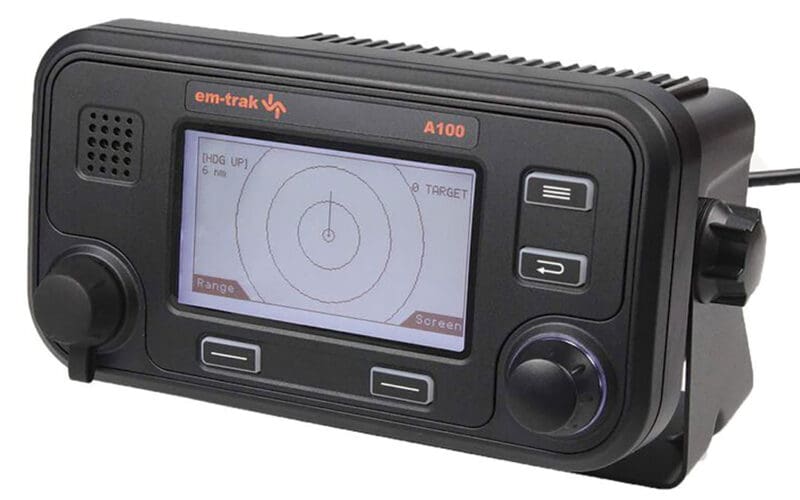
Wherever we may find ourselves on our vessels, there are sure to be other craft out on the water moving along at cruising speed with their crew occasionally looking out over the water for other vessels. Although having someone on watch 24-7 is imperative, this practice is not foolproof, particularly in heavy fog or rain. Fortunately, with the latest generation of AIS transceivers, we have a means of knowing what is out there, even in those moments when the watch takes a nap. The standard AIS-equipped VHF radio is limited to receiving AIS transmissions and displaying them either on…
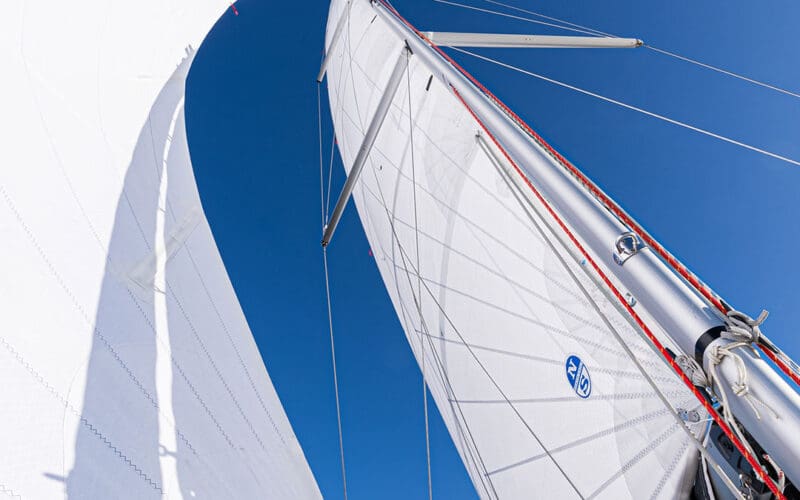
We see a boat over on its beam ends in a blow and say “they’re over canvased.” But, of course, sails are no longer made of cotton-based canvas. They’re woven from synthetic materials derived from petroleum. Now North Sails has announced a new sail fabric called RENEW that’s almost entirely made from recycled materials. And in Europe, Danish sailmaker Elvstrom offers a sail it calls EKKO also made from recycled plastic. For cruisers who wish to reduce their overall voyaging footprint, new sailcloth products like these can be an attractive choice. North calls its RENEW product a North Paneled Laminate…
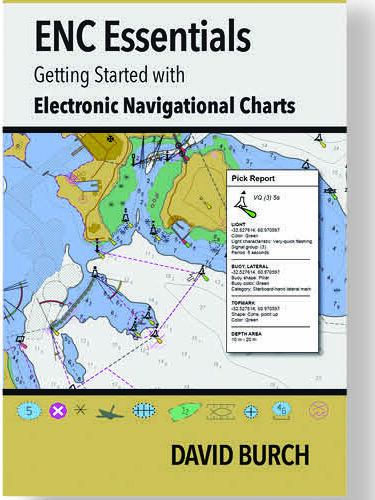
As has been long reported by this magazine and others, NOAA’s on-going policy is to eliminate traditional paper charts. At the end of 2024, NOAA will no longer update traditional paper chart products. A type of electronic chart c alled the Electronic Navigational Chart (ENC) will be the only official chart product available to recreational mariners. To buffer the transition to all-electronic charts, NOAA has created a new online app called NOAA Custom Charts (NCC) that mariners can use to make a backup paper chart of their own design based on the ENC. The app creates a PDF, which users…
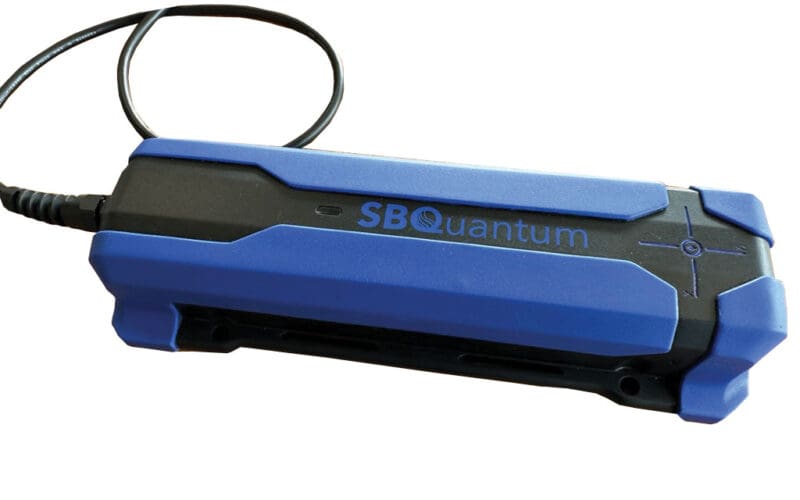
The Earth’s magnetic field is an unquiet beast. Not only does it refuse to line up with the globe’s geographic pole, it changes its relationship to it, as evidenced by the yearly movement of the magnetic pole, which now is sliding across the Arctic Ocean toward Siberia. While magnetic compass-based navigation is less important than in the past, there are many devices, from autopilot units to GPS antennas to smart phones to aircraft and satellites that have magnetic sensors for determining direction and attitude control. An effort by U.S. and British government called the MagQuest Challenge seeks to improve geomagnetic…
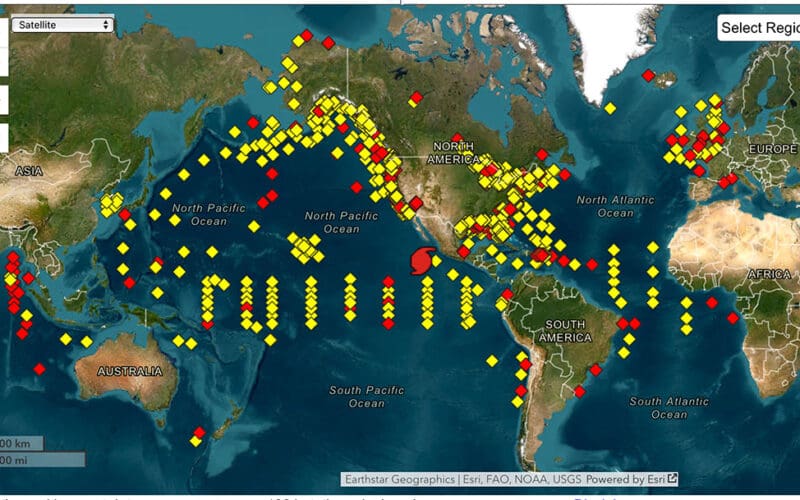
Access to weather forecasts has improved tremendously in recent years. Getting weather data in Grib format via satellite has made the process of voyage planning and in-passage weather adjustments vastly easier than in years past. What if you could know the situation ahead on your course while you were voyaging? Turns out that in many ocean areas that is actually possible via deep water buoys that collect a slew of data, including images of the surrounding sea state. And now a company in Canada is offering a product that further increases buoy awareness. There was a time when buoys were…
